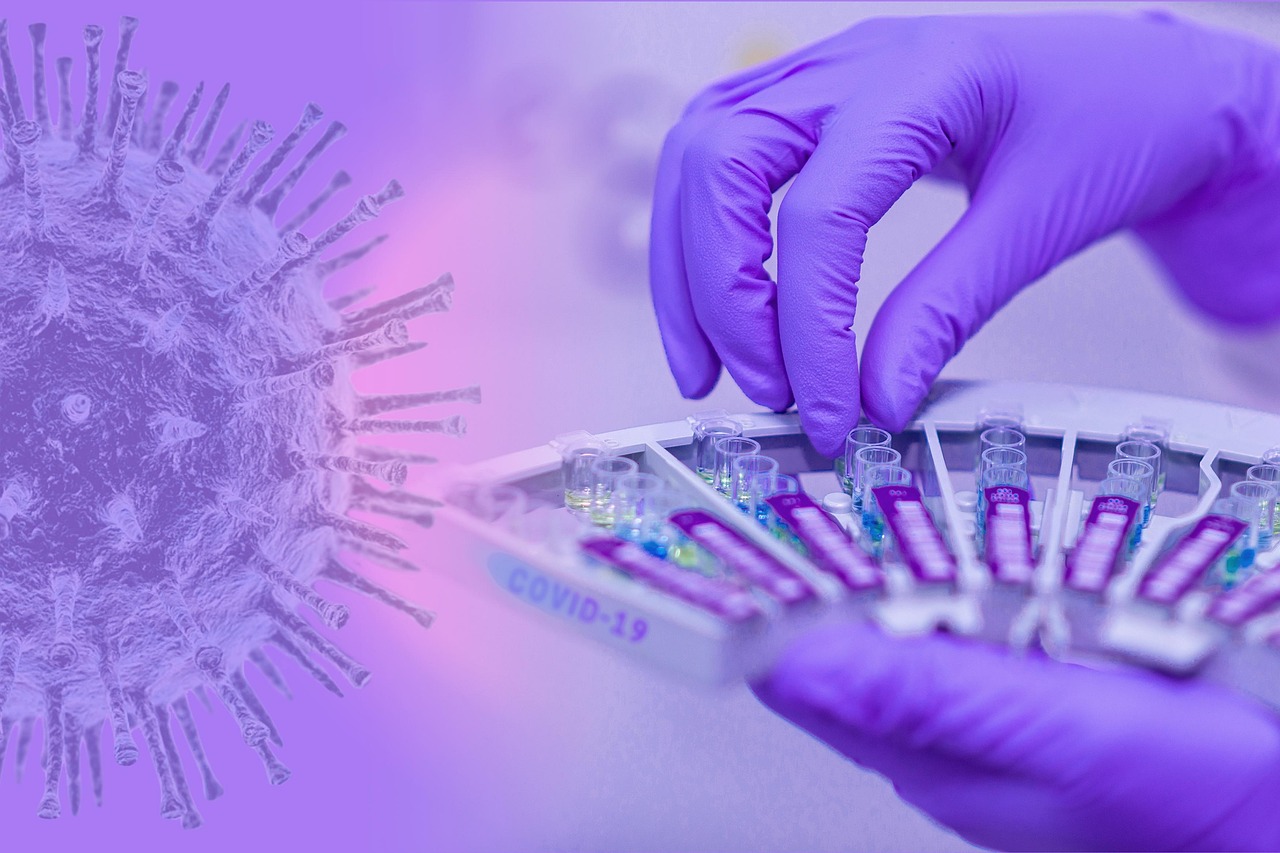During a press conference with Silicon Valley luminaries during his second day in office, President Donald Trump threw his political support behind a $500 billion private-sector artificial intelligence (AI) project called Stargate.
The joint venture between OpenAI, Oracle, SoftBank and others will fund infrastructure for AI. Among other things, part of that funding will develop AI for early cancer detection and the rapid creation of mRNA cancer vaccines.
But well before Trump’s announcement, Silicon Valley and the U.S. Department of Defense (DOD) had already teamed up to transform U.S. healthcare into an AI-driven system — a system designed to unleash the power of “predictive medicine” for the early detection and treatment of disease, in an individual or population, sometimes even before an illness manifests, according to a new investigative report by Unlimited Hangout’s Max Jones.
The future of predictive medicine depends on data sharing between the DOD, the U.S. Department of Health and Human Services (HHS), which oversees 13 public health agencies, and the private tech sector, Jones wrote.
Predictive medicine will be used for mass surveillance of Americans, and will inform future approaches to pandemics, Jones reported.
Jones said that at the heart of this new system is the Center for Forecasting and Outbreak Analytics (CFA). Announced last year by the Centers for Disease Control and Prevention (CDC), CFA aims to establish “a National Weather Service, but for infectious diseases” — using mass data collection to predict and control disease outbreaks, The Defender reported.
To launch the initiative, HHS announced an estimated $262 million in grant funding over five years to establish a network of 13 infectious disease forecasting and analytics centers to coordinate this work across the U.S.
Peter Theil’s CIA-linked data mining firm Palantir will manage the data for the network, Jones said.
“The next pandemic will likely utilize the currently expanding biosurveillance infrastructure and AI disease forecasting software to develop ‘targeted’ policy measures for specific communities and potentially individuals during future pandemics,” he wrote.
CFA will focus on building a digital infrastructure to facilitate data sharing across all levels of government and the healthcare center.
It is also developing “interoperable” data tools to enable different healthcare vendors, institutions and government agencies to easily share all the data they collect. It is already test-driving these methods through Insight Net, launched in 2023, which includes 100 public and private participants across 24 states that share data.
Predictive medicine already at work
Jones points to the roots of this emerging biosecurity apparatus across multiple government sectors that are building alliances with Silicon Valley. For example, U.S. Army Surgeon General Mary K. Izaguirre recently met with Stanford scientists and Google executives to be briefed on how AI can revolutionize emergency medicine in the armed forces.
Big Pharma is also turning toward predictive medicine, Jones wrote. Pfizer’s scientists have promoted the use of AI to predict the “next pathogen spillover event” and to quickly share disease and intelligence data, and to make healthcare delivery more efficient.
Most importantly for pharma giants like Pfizer, better disease surveillance makes it possible for the rapid development of new vaccines for illnesses with “pandemic potential.”
Pfizer scientists’ proposals echo those of global institutions, including the World Health Organization (WHO) and the Gates Foundation-backed Coalition for Epidemic Preparedness Innovations (CEPI), which have partnered since 2016 on a research program to speed vaccine development following the declaration of a global pandemic.
CEPI is collaborating with Harvard Medical School to develop a tool that uses AI to predict the ability of a new virus variant to “escape immunity.” It is also building a “Global Vaccine Library” that will use AI technology to predict how existing viruses might mutate in order to identify the next “vaccine targets.”
To inform its work on medical countermeasures in the U.S., HHS will use several different biosurveillance programs developed by Palantir, Jones reported.
For example, a program called HHS Protect, “a secretive database that hoards information related to the spread of COVID-19 gathered from ‘more than 225 data sets, including demographic statistics, community-based tests, and a wide range of state-provided data.’” The database includes private health information.
Palantir’s “Gotham” software, used as the basis for HHS Protect, has also been used by police departments across the country for “predictive policing” initiatives and by the U.S. military for “targeting enemies.”
Jones said this raises the question, “Will Palantir and other government agencies utilize the health data that CFA can access for ‘dual-use,’ national security purposes?”
Digital technologies for predictive healthcare are already being rolled out in commercial form. For example, Kinsa Health sells thermometers that people connect to a health app on smartphones that gives them advice on how to treat their illnesses and logs their health data.
That data is also transmitted to the company, which uses it to predict the spread of disease. During COVID-19, Kinsa predicted which places would become “COVID-19 epicenters” faster than existing surveillance systems.
Kinsa’s success with its thermometers led to lucrative contracts with major healthcare companies. In 2024, proprietary health technology company Healthy Together acquired Kinsa. Healthy Together is set to provide AI technology to pharmaceutical companies, healthcare providers, insurance companies, Medicaid and others.
Healthy Together was developed in the early days of the COVID-19 pandemic, with public and private funding. It sells software to universities, government agencies and major healthcare managers like the U.S. Department of Veterans Affairs. It collects health locational and other data in a single platform to manage people’s eligibility and enrollment in government services like Medicaid.
Founders of the company have ties to Silicon Valley and the Trump administration, Jones reported. Kinsa’s founder, Inder Singh, was previously executive vice president of the Clinton Health Access Initiative, also funded by the Gates Foundation.
AI is also taking over the everyday management of healthcare. Palantir recently moved into management of daily operations in hospitals, where its software manages everything from nurse scheduling to patient discharge. It is already doing this work in more than 15% of U.S. hospitals, Jones wrote.
Nolan Higdon, co-author of “Surveillance Education: Navigating the Conspicuous Absence of Privacy in Schools,” told Jones that these are simply data-collection schemes geared toward “efficiency” that come at the expense of the hospital workers and the patients.
The expanded data collection also can be used to help insurers track health profiles and behaviors, which can help insurance companies set higher premiums. Higdon has shown how companies like Palantir promise users they won’t sell their data, yet they do share data with other institutions and companies that also have user agreements with Palantir.
Taken together, these different aspects of the growing biosurveillance networks are almost always linked through public-private partnerships to Silicon Valley, government health institutions and often to the DOD, Jones concluded.
The CFA, which is emblematic of these new public-private partnerships at the heart of an AI-driven healthcare system, “does not signify a shift in public health policy, but rather a firm step forward in a years-long effort to drive the entire public health apparatus into the hands of hawkish national security ideologues and their oligarchic, technocratic benefactors.”
This article was originally published by The Defender — Children’s Health Defense’s News & Views Website under Creative Commons license CC BY-NC-ND 4.0. Please consider subscribing to The Defender or donating to Children’s Health Defense.
Image: Pixabay.com




